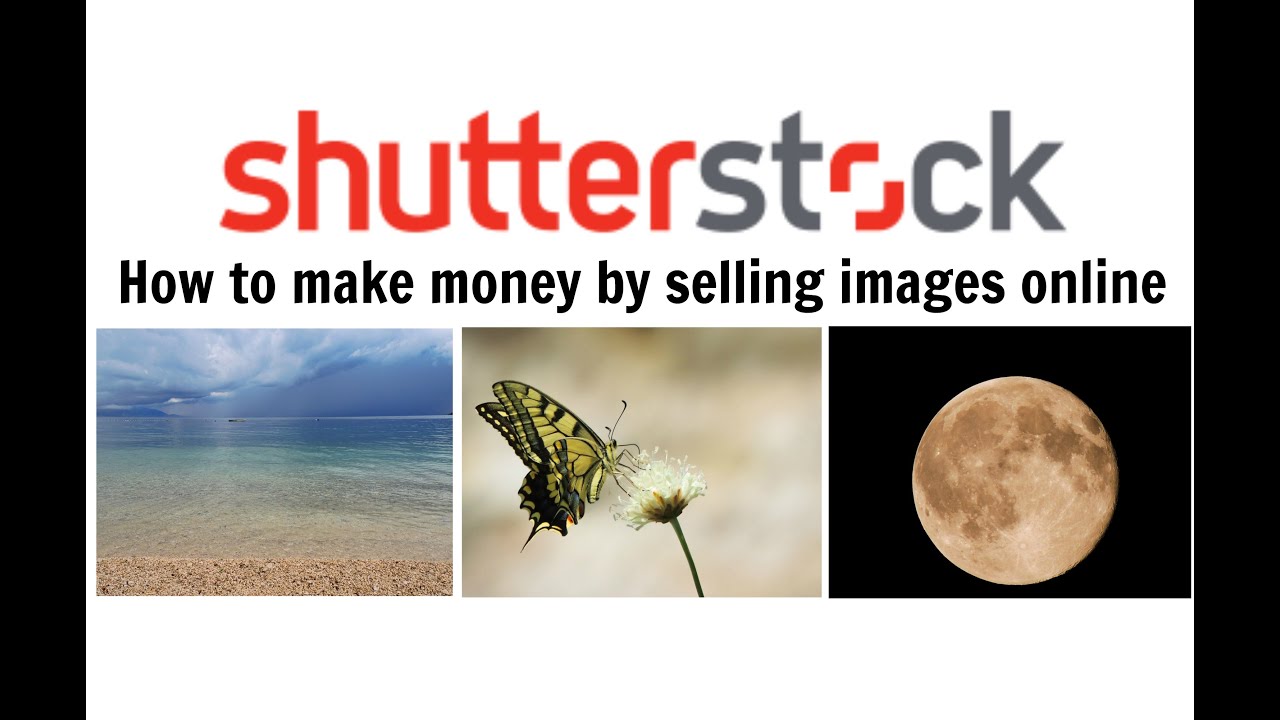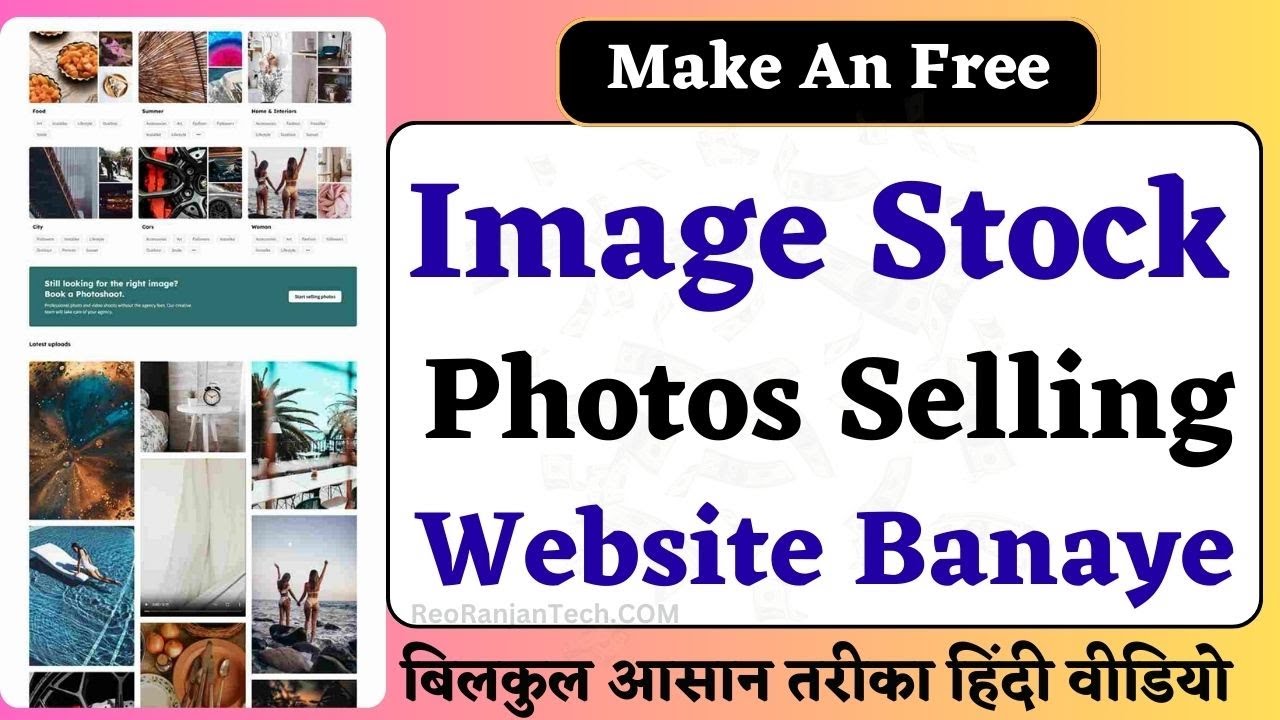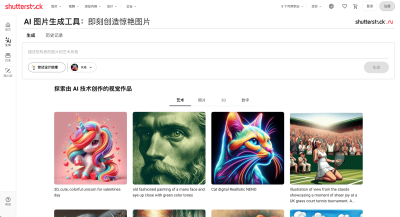Thinking about grabbing a single image from Shutterstock but feeling overwhelmed by the options and costs? You’re not alone! Shutterstock is a fantastic resource with millions of high-quality images, but navigating their purchasing process can seem tricky at first. Whether you’re a blogger, small business owner, or just someone who needs a great image without committing to a subscription, understanding how to buy a single image affordably is key. In this guide, we’ll walk through the essentials of purchasing images from
Understanding Shutterstock’s Pricing Options and Plans

Shutterstock offers a variety of pricing plans designed to cater to different types of users, from casual buyers to professional creatives. To make the most out of your budget, it’s important to understand these options so you can choose the one that fits your needs best.
1. Pay-As-You-Go (Single Image Purchases)
This plan is perfect if you only need a handful of images without a subscription. You can buy individual images directly, and prices typically range from around $10 to $50 per image, depending on the resolution and licensing type. The main benefits are flexibility and no ongoing commitments.
- Cost: Usually between $10 and $50 per image
- Best for: Occasional use, one-off projects
- Usage: Usually includes standard licensing, but check each image for specific rights
2. Subscription Plans
If you find yourself needing multiple images regularly, subscriptions can be more economical. They offer a set number of downloads per month at a lower cost per image, but they are more suited for ongoing projects.
- Cost: Ranges from about $29/month for 10 images, up to hundreds of dollars for larger bundles
- Best for: Frequent image buyers, small businesses, content creators
- Usage: Usually includes extended licenses, but always review plan details
3. Image Packs and Credits
Some users prefer buying image packs or credits, which are bundles of image downloads at a discounted rate. This can be a good middle ground if you need more images but don’t want a full subscription.
Tip: Before purchasing, always check the licensing details to ensure the image rights align with your intended use—whether personal, commercial, or editorial. Also, keep an eye out for promotional discounts or special offers, which can make single image purchases even more affordable.
By understanding these options, you can choose the most cost-effective way to get the images you need without overspending. Remember, a little research upfront can save you money and headaches down the line!
Tips for Finding Affordable Single Image Downloads

Looking to snag that perfect Shutterstock image without breaking the bank? You’re in luck! There are several smart strategies you can use to find affordable single-image downloads that fit your budget. Let’s dive into some practical tips to help you save money while still getting high-quality visuals for your projects.
1. Use the Search Filters Wisely
Shutterstock’s search tools are more powerful than you might think. When browsing for images, make sure to use filters such as image orientation, color palette, and image size. This helps narrow down your options to exactly what you need, so you avoid paying for unnecessary extras or larger files than you require.
2. Opt for Smaller Image Sizes
If your project doesn’t require a high-resolution image, select a smaller size. Smaller images are often priced lower, and for most web or digital uses, they’ll do just fine. Keep in mind, you can always resize images with simple editing tools without losing quality, especially if you’re not printing large format.
3. Search for Free or Discounted Images
Shutterstock periodically offers free image downloads or discounted single images. You can keep an eye on their promotions or subscribe to their newsletter for updates on special deals. Also, some photographers upload images under special licensing agreements that might be more affordable or even free for specific uses.
4. Consider Subscription or Credit Packages
While this isn’t strictly about single image downloads, sometimes purchasing a small bundle of credits or a subscription plan can lower the cost per image. If you anticipate needing more images in the future, this can be a budget-friendly option. Just do the math to see if the per-image cost is better than paying individually.
5. Review Licensing Options Carefully
Make sure you understand the licensing terms before purchasing. Sometimes, choosing an extended license can seem more expensive upfront but may be necessary depending on your project’s scope. Conversely, for small, personal, or limited commercial projects, a standard license might suffice and be more affordable.
Using Shutterstock Coupons and Discounts for Savings

Who doesn’t love a good deal? Shutterstock offers various ways to save money, especially if you’re strategic about using coupons and discounts. Here’s how you can maximize your savings:
1. Sign Up for Newsletters and Promotions
Many companies, including Shutterstock, send exclusive coupons and promotional codes to their email subscribers. By signing up for their newsletter, you’ll be among the first to know about discounts, seasonal sales, or special offers on single images and plans.
2. Look for Limited-Time Deals
Keep an eye on Shutterstock’s homepage or dedicated deals pages. They often run limited-time discounts on credit packs or specific images. Timing your purchase during these sales can save you a significant amount of money.
3. Use Coupon Websites and Deal Forums
There are many third-party websites that aggregate valid coupons and discount codes for Shutterstock. Just make sure to verify their authenticity before using them. These deals can sometimes offer a percentage off or a fixed discount on your purchase.
4. Take Advantage of Student or Creative Community Discounts
If you’re a student or part of a creative community, check if Shutterstock offers special discounts. Some platforms provide educational or membership discounts that can make image licensing more affordable.
5. Combine Discounts with Credit or Subscription Offers
To get the best bang for your buck, combine coupon codes with discounted credit packages or subscription deals. This layered approach can dramatically reduce your overall expenditure on high-quality images.
Remember, always read the terms and conditions associated with coupons and discounts to ensure they apply to your intended purchase. With a little patience and savvy shopping, you can access beautiful Shutterstock images without overspending!
Alternatives to Buying Single Images on Shutterstock
If you’re looking to save some money or just explore more options, there are plenty of alternatives to purchasing individual images directly from Shutterstock. Let’s dive into some of the popular and budget-friendly choices that can help you get the images you need without breaking the bank.
Free Stock Photo Websites One of the best ways to find high-quality images for free is by exploring stock photo sites that offer royalty-free images. Some of the top platforms include:
- Pexels: Offers a wide range of free photos that are perfect for blogs, websites, and creative projects.
- Unsplash: Known for its stunning, high-resolution images contributed by photographers worldwide.
- Pixabay: Provides over a million images, vectors, and illustrations, all free to use.
Always double-check the licensing terms, but most images on these sites can be used commercially without attribution.
Subscription Plans and Bundles Instead of paying per image, consider subscribing or purchasing image bundles. These options usually give you access to a certain number of images per month or in a package, often at a lower cost per image. For example:
- Monthly subscription plans from Shutterstock or other stock sites
- Bulk image packs or collections that offer multiple images at a discounted rate
This approach is especially useful if you frequently need images, as it can significantly cut down your overall costs.
Creative Commons and Public Domain Resources Look for images that are explicitly marked as Creative Commons or in the public domain. These images are free to use and often require no attribution. Websites like Creative Commons and Public Domain Pictures can be valuable resources.
Always verify the license details and ensure you comply with any attribution requirements or restrictions.
Use Image Editing and Customization Sometimes, a simple tweak or combination of free images can create a unique visual for your project without needing to buy a new image. Tools like Canva or Adobe Spark allow you to customize images easily and make them fit your style better, reducing the need for premium images.
Conclusion and Final Tips for Cost-Effective Image Purchasing
Getting the perfect image for your project doesn’t have to drain your budget. By exploring various options and being strategic, you can find high-quality visuals without overspending. Here are some final tips to keep in mind:
- Plan ahead: Know exactly what you need and how many images you’ll require. This helps you choose the most cost-effective option, whether it’s a subscription, bundle, or free resources.
- Compare platforms: Don’t just stick to Shutterstock. Check out other stock image sites or free resources to see where you can get the best bang for your buck.
- Leverage free resources: Use free stock photo websites whenever possible, especially for non-commercial or personal projects.
- Buy in bundles or subscriptions: If you need multiple images, these options usually offer better value than buying single images repeatedly.
- Be mindful of licensing: Always double-check licensing and attribution requirements to avoid legal issues later.
- Customize images: Use editing tools to modify free images—adding text, cropping, or combining images—to make them unique and better suited to your project.
Remember, the key to affordable image purchasing is being flexible and resourceful. With a little bit of planning and exploration, you can find stunning visuals that fit your budget and elevate your content. Happy hunting!


